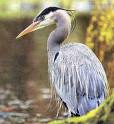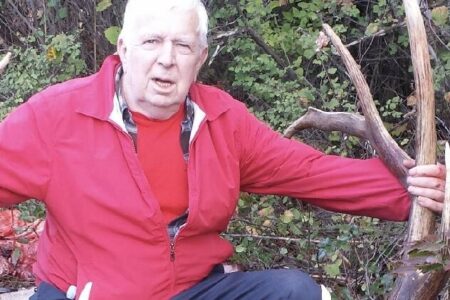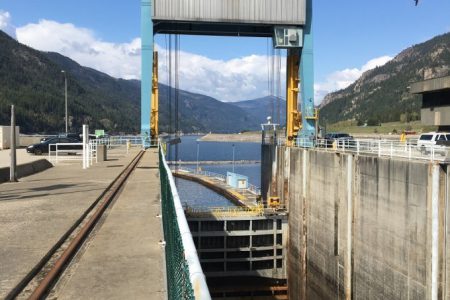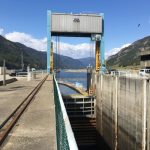Regional partners protect riparian area
Selkirk College, FortisBC and the Fish and Wildlife Compensation Program have joined forces to protect the natural habitat along the Kootenay River. In particular, the riparian (riverside) area near the oxbow at the confluence of the Columbia and Kootenay Rivers.
The Castlegar Campus of Selkirk College is located adjacent to this valuable habitat. Recently, the trails near the Kootenay River, particularly near the oxbow (U-shaped bend in the river), have experienced an increase in motorized vehicle use. This has, in turn, led to negative impacts for the natural habitat in the area.
The college maintains an extensive network of non-motorized trails on campus which the public is encouraged to use. These trails are maintained by students of the Recreation, Fish and Wildlife Technology program under the leadership of Instructor, Tim Thurston.
Off-road motorized use, with vehicles such as 4×4 trucks, ATVs and dirt bikes, is causing bank erosion, stream bed disturbance, spread of invasive plants, and general destruction of habitat.
To help eliminate the motorized use of the riparian area, FortisBC and the Fish and Wildlife Compensation Program, which works on behalf of its program partners that include the Ministry of Environment, BC Hydro, and Fisheries and Oceans Canada, have donated funds to build a “wildlife friendly” fence along the college boundary, where vehicles are currently accessing the oxbow area.
The fence runs approximately 200 meters in length, limiting access to motorized vehicles. It is about 100 cm high and has been built to a standard which will have minimal impact to wildlife movement. Three “walk-through openings” have been incorporated along the fence so that foot traffic can pass through and use the trails.
Signs have been posted at the fence, which inform visitors that the use of motorized vehicles is not allowed on the trails. A gate, donated by Selkirk College, will also be installed on the north end of the trail, behind Selkirk’s Administrative building.
“The installation of the fence is not an attack on motor vehicle enthusiasts,” says Thurston. “My main concern is for the wildlife and natural habitat and my goal is to educate the general public, which uses the trails a lot for recreational purposes, on the negative effects the vehicles have on the area.
“I have faith that once people understand these implications, they will use more appropriate areas for motorized recreation. Hopefully, the conservation officers won’t be too busy.”



























Comments